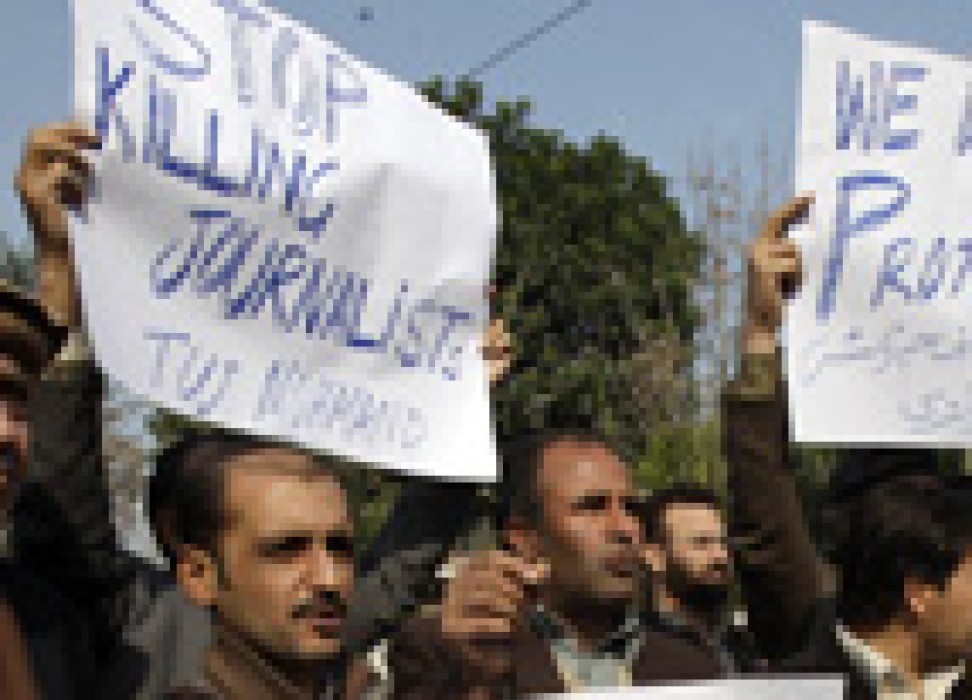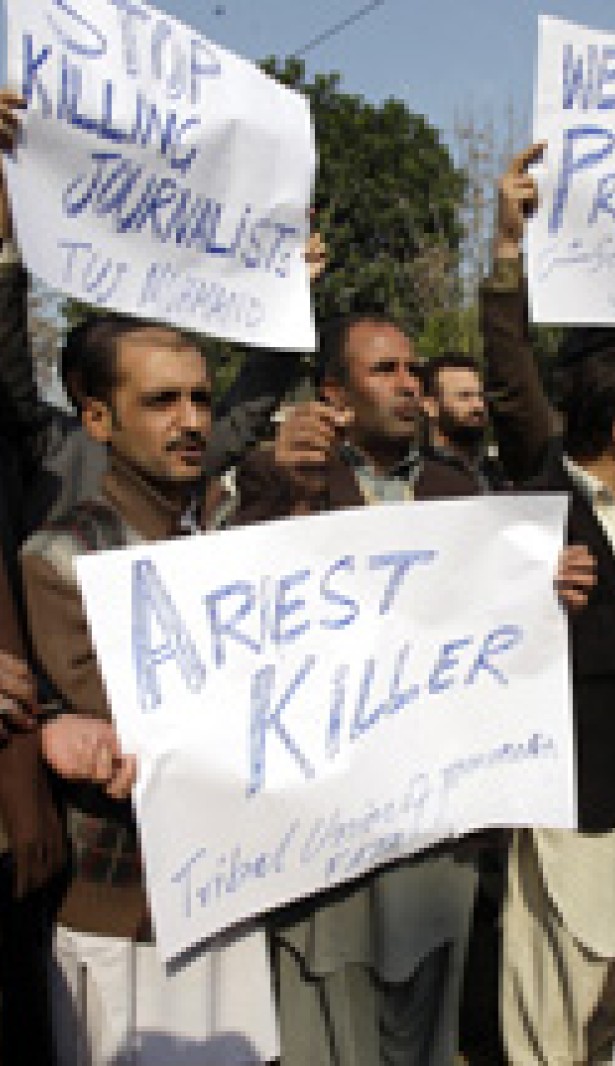Protecting the lives of journalists
06 July 2012

Journalists who report on events have the power to influence the lives of millions. This can also put their own lives at risk with the threat of censorship, abduction, assault, and even murder, says Christof Heyns, the Special Rapporteur on extrajudicial, summary or arbitrary executions.
“The most extreme form of censorship is to kill a journalist,” Heyns said in his latest report to the United Nations Human Rights Council. The report presented this year, at the Council’s 20th Session in Geneva, was devoted to the right to life of journalists. “The killing not only silences the voice of the particular journalist, but also intimidates other journalists and the public in general. The free flow of ideas and information is replaced by the silent warning of the grave.”
According to the report, more than 70 percent of journalists who have been murdered worldwide received prior threats. “Threats against journalists should be seen as early warning signs that more drastic measures may follow,” Heyns said.
Heyns brought to light the dangers faced by various journalists, such as those faced by local reporters. According to the report, freelance journalists are more at risk than those who are working for news agencies. Local journalists are often more vulnerable, and as Heyns explained, these journalists are most at risk.
“While the plight of the foreign war correspondent attracts the most attention, and is worthy of such concern, special attention should also be paid to the question of how to alter the fate of the local newspaper journalist who drives home after work and is intercepted by two people on a motorbike, one holding a gun,” Heyns said. “It is a threat to the human rights project as a whole when a blogger is tracked [down] and her head is found next to her keyboard with a threatening note.”
The report includes the figures by the Committee to Protect Journalists (CPJ) showing that as of March 2012, “909 journalists have been killed since 1992.” The report also highlights how impunity plays a dominant role in the alarming increase of journalists killed every year, with impunity in 566 of these cases. Unfortunately, these numbers keep rising. According to the report, the top five deadliest locations for journalists during this period include Iraq, Philippines, Algeria, Russia, and Colombia.
In his report, Heyns recommended an increase in accountability, since it is “the key to preventing recurrence.” He also suggested that the killing of journalists should be raised higher on the international agenda in order to bring more attention to the violations of their right to life. He called for the implementation of existing international and domestic laws. Even though there are adequate legal measures protecting journalists, as the report explained, these protective measures may not be utilized to their fullest capacity.
Heyns also stressed the importance of promoting public awareness of protecting journalists and the dangers they are up against. “It is not enough that governments and others are told that journalists need protection,” he said. “They have to understand why this is needed.”
6 July 2012

VIEW THIS PAGE IN:


